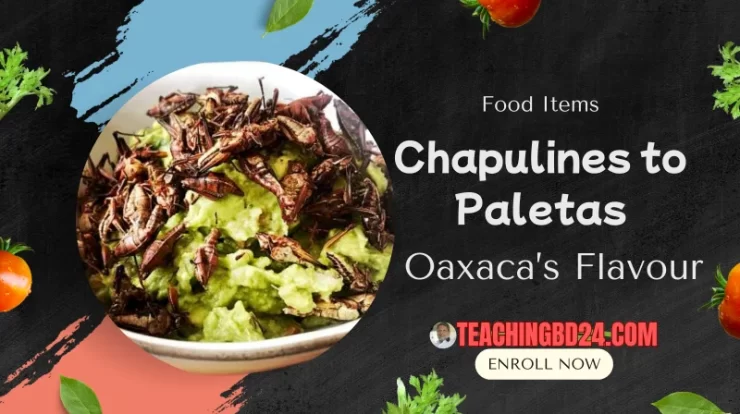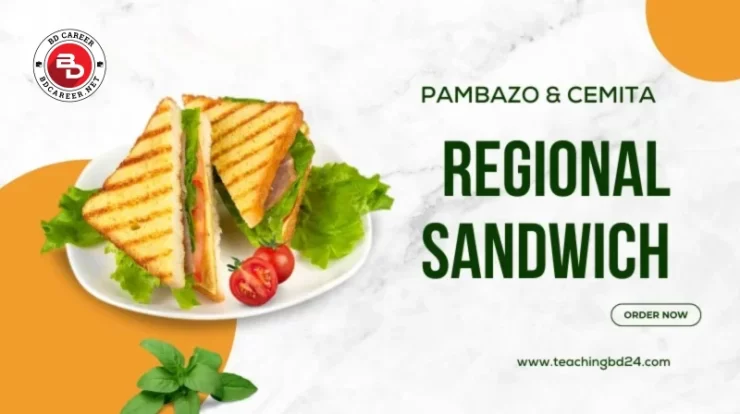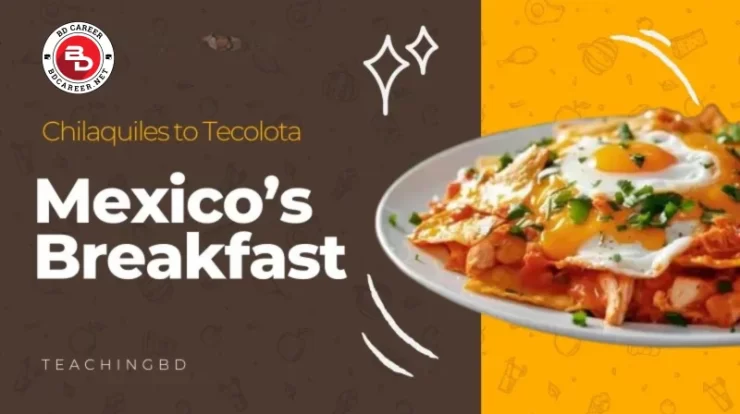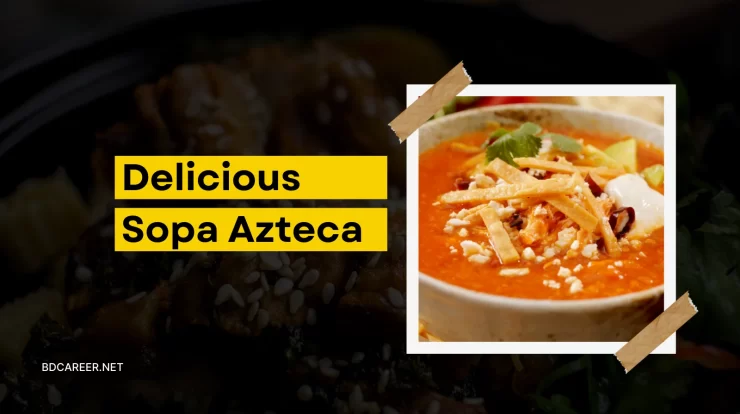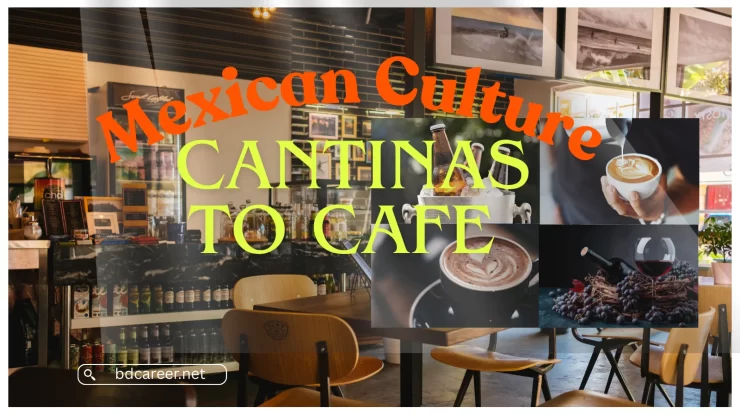
Mexico has always been about drinks. Not just the liquid in your glass, but the stories, the rules, the weird social codes, the laughter, and sometimes the regrettable dance moves that follow. Cantina and cafe are the drinking place in Mexico. From the smoky cantinas of Mexico City to the laptop-filled cafés of Oaxaca, the country’s drinking culture has shifted in ways that tell us as much about Mexican society as any history book.
So why read this? Because drinking in Mexico isn’t just about tequila shots. It’s about community, tradition, modern lifestyle shifts, and yes, the occasional clash between the old guy’s nursing mezcal and the Gen Z crowd sipping cold brew with oat milk. Pulque is also a Mexican drink.
Let’s dive in.
Contents
- A Toast to Tradition – The Golden Era of Cantinas
- What Is the Cantina Culture in Mexico City?
- What Are the Drinking Rules in Mexico?
- The Shift Begins – Social and Cultural Transformation
- The Café Culture Emerges – Coffee Over Cocktails
- What Kind of Coffee Do They Drink in Mexico?
- Crafting Identity – Rise of Craft Beers and Specialty Drinks
- What is the Difference Between a Cantina and a Cafeteria?
- Gender, Generations, and Changing Preferences
- Conclusion
A Toast to Tradition – The Golden Era of Cantinas
Step back a century. Mexico’s cantinas weren’t just bars. They were the beating heart of neighbors. A place where workers, politicians, poets, and the occasional troublemakers all rubbed shoulders. Tequila flowed, pulque (a fermented agave drink older than your abuela) was ladled into clay mugs, and someone in the corner was probably arguing about politics.

But here’s the thing: cantinas weren’t always welcoming. For decades, women were banned. Kids too. They were men’s spaces. Rough, loud, and smoky. The rules? Drink, debate, maybe eat something greasy, then stumble out before you get into real trouble.
And yet, they had charm. Stories live in those tiled walls. The cantinas of Mexico City like La Ópera or Cantina Tío Pepe archives of Mexican social life.
What Is the Cantina Culture in Mexico City?
If you really want to get Mexico City, skip the museums for one night and walk into a cantina. Order a beer (Victoria, if you want to blend in). Expect free botanas (snacks) with your drink like peanuts, sometimes full-on tacos if you’re lucky.
Here’s the deal:
- Democratic vibe — politicians, students, mariachi singers, all in the same room.
- Drinks with history — tequila and mezcal, sure, but also pulque, which is basically a funky cousin of beer and wine.
- Rules you don’t break — don’t get wasted and loud; respect the bartender; always tip.
Cantina culture is about being part of the room, not the center of it.
What Are the Drinking Rules in Mexico?
Drinking alcohol is not for all people. Every country has some restrictions. Some countries have official permission to drink. But the quantity depends. Mexico is chill about drinking, but there are rules.
- Legal age: 18. (Yes, younger than the U.S.)
- Public drinking: Technically not allowed, though you’ll still see beach beers in Cancún.
- Cantina etiquette: Order something when you sit down. Don’t just hog the free snacks. Tip at least 10–15%.
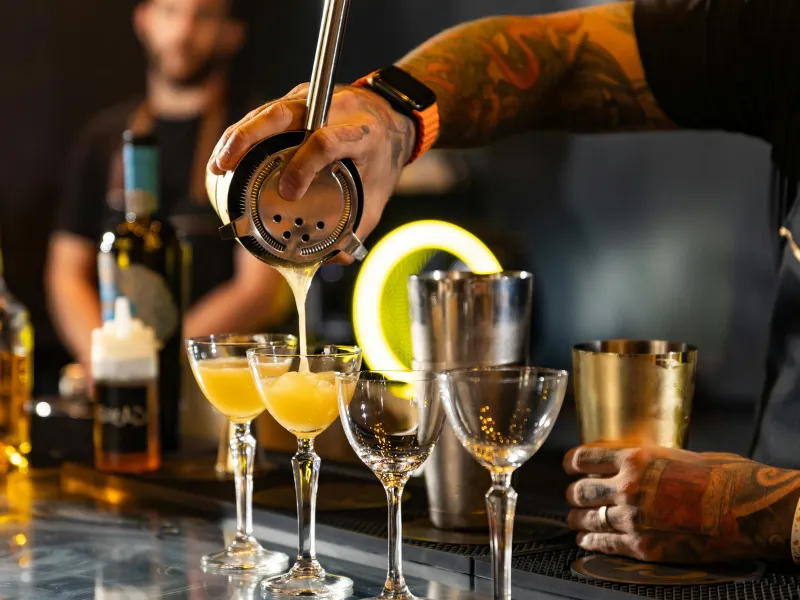
And the unspoken cultural rule? Drinking is social. Mexicans don’t usually knock back tequila alone at home. It’s about toasts, laughter, and convivio that magical word for sharing good company. But it is different from Tequila. For a good understanding level, you need to know the different between Tequila and Pulque.
Drinking is a habit in Mexican culture. It comes from the history and culture of the ancient Mexican people. Day by day, people begin to follow in their ancestors’ footsteps. Maintaining social distance has a powerful effect on drinks. Cantinas started losing ground in the late 20th century. Why? A few things:
- Urban modernization: Younger folks didn’t vibe with the old smoky cantinas.
- Health trends: Drinking every night? Nah. Jogging and juice bars like Aguas Frescas juice started sounding better.
- Global culture: Starbucks, international tourism, and Instagram changed how people wanted to “be seen.”
Suddenly, it wasn’t cool to sit in a dim cantina all day. People wanted spaces that felt modern, gender-inclusive, safe, and latte-friendly.
The Café Culture Emerges – Coffee Over Cocktails
Enter the café boom. Mexico City, Oaxaca, Guadalajara — everywhere, cafés popped up like mushrooms in rainy season. Cafés became the new “third place.” Not home, not work, but somewhere to sit with a laptop, argue about art, or sip slow coffee like it’s a performance.
And let’s be real: cafés are Instagram gold. Latte art. Exposed brick walls. Edison bulbs are dangling just right. You don’t get that in a cantina with a cracked neon sign.
What Kind of Coffee Do They Drink in Mexico?
In Mexico, coffee is popular for its flavor. You will find different variations of coffee there. The taste is also distinct, reminiscent of nuts, chocolate, milk, and various mixed flavors. Drinking is a tradition of Mexican people. As there are many types of coffee in Mexican cities, you can choose any one. This is where Mexico flexes hard. Coffee here isn’t just caffeine — it’s culture.
- Café de Olla: Brewed in a clay pot with cinnamon and piloncillo (raw sugar). Sweet, spiced, and comforting.
- Chiapas coffee: Chocolatey and smooth. Perfect for espresso.
- Veracruz coffee: Nutty, slightly fruity. Coastal magic in a cup.
- Oaxaca coffee: Earthy, bold, sometimes with hints of spice.
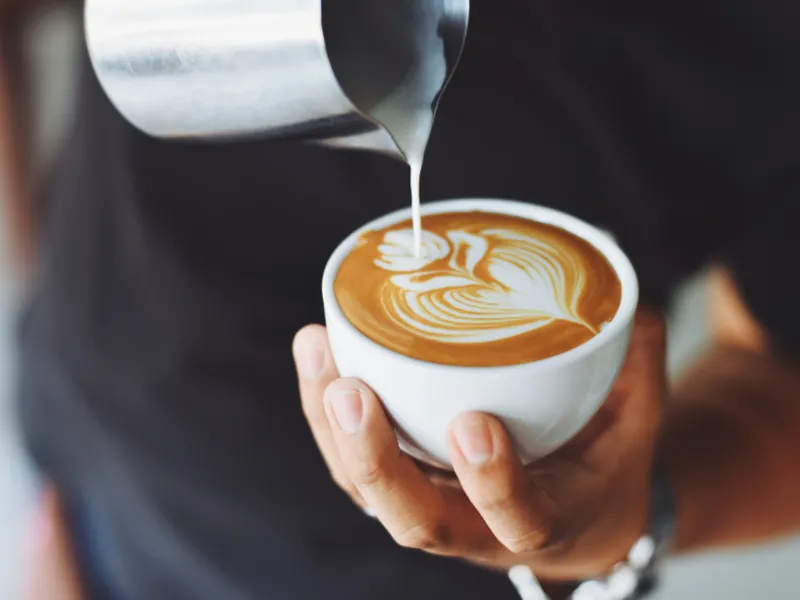
Here’s a quick comparison:
| Region | Flavor Notes | Best For |
| Chiapas | Chocolate, caramel | Espresso, lattes |
| Veracruz | Nutty, fruity | Pour-over |
| Oaxaca | Bold, spiced | Black coffee |
So, when Mexicans drink coffee, they’re not just fueling up. They’re tapping into regional pride.
Crafting Identity – Rise of Craft Beers and Specialty Drinks
Here’s the twist: while cafés were taking over, another trend bubbled up — craft beer. Microbreweries in Monterrey, Guadalajara, and CDMX are now giving German pilsners and American IPAs a run for their money.
And mezcal? Once considered a poor man’s drink, it’s now artisanal, celebrated, and sipped in tasting rooms that look like art galleries.
So now Mexico’s drinking map looks like this:
- Cantinas: Tradition and nostalgia.
- Cafés: Modern, global, chill.
- Craft bars: Hip, experimental, pricey.
What is the Difference Between a Cantina and a Cafeteria?
A cantina and a Cafeteria or cafe are not the same. Two are totally different. A cantina is a type of bar. On the other hand, a cafeteria is a restaurant where customers serve themselves with coffee. Cantina is a small room for wine. And the cafeteria is a common area in a building. Okay, let’s clear this up.
| Feature | Cantina | Cafeteria |
| Drinks | Alcohol: tequila, mezcal, beer | Coffee, tea, juices |
| Atmosphere | Rowdy, communal, lively | Calm, casual, often studious |
| Audience | Mostly adults | Mixed: students, families |
| Food | Botanas, tacos, heavy plates | Pastries, sandwiches |
| Social Function | Bonding, debates, tradition | Work, study, light socializing |
Both are social spaces, but one leans toward alcohol and old-school traditions, while the other is all about caffeine and conversation.
Gender, Generations, and Changing Preferences
If you were to see the scenario 50 years ago, you would know the difference from today’s cantina. Once, only men went to a bar. There were so many restrictions. But today, women also go to the cantina freely. They drink and share beer or wine. Now it does not create any gender equality.
The young generation, including Gen Z Millennials, also goes out for drinks. Nowadays, they drink craft beer, mezcal, or alcohol-free cocktails instead of Tequila. Think about the old generation. Many times, before, drinking alcohol was common for men. From this tradition, it remains a part of Mexican culture.
Conclusion
At the end of the day, Mexico’s drinking culture isn’t about choosing sides — cantina or café, tequila or coffee. It’s about the stories, the company, and the little rituals that make each sip feel like home. Whether you’re raising a glass or a cup, your part of a tradition that keeps evolving without losing its soul.
